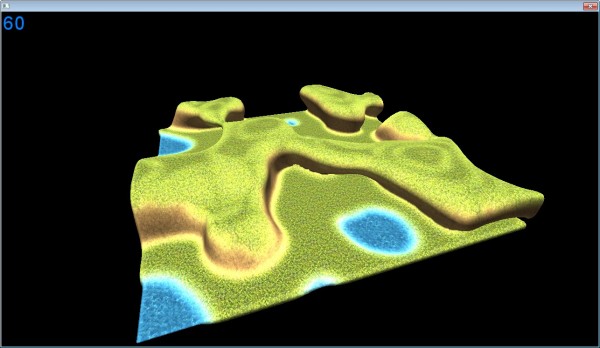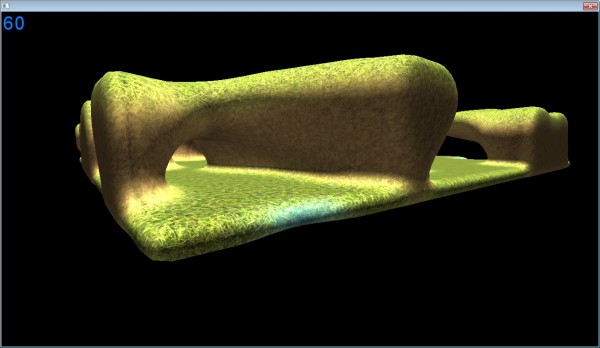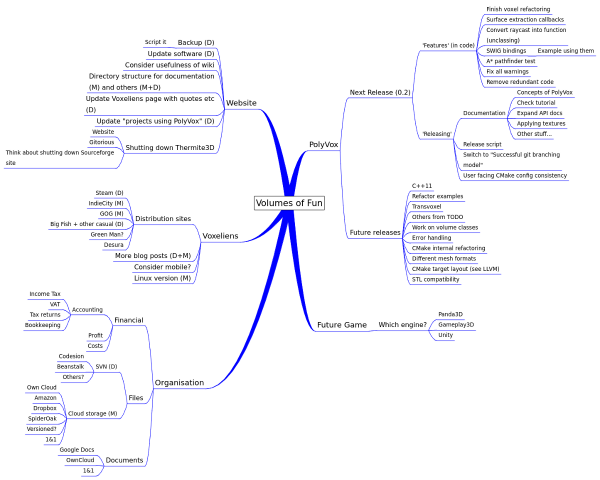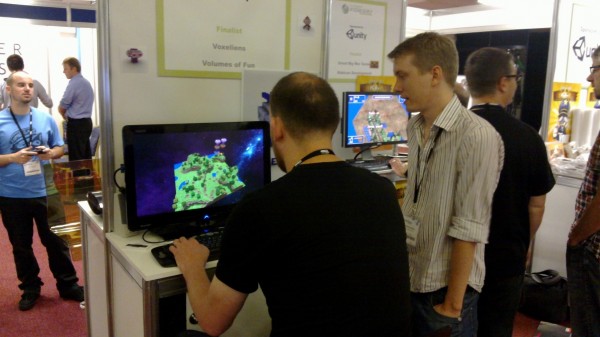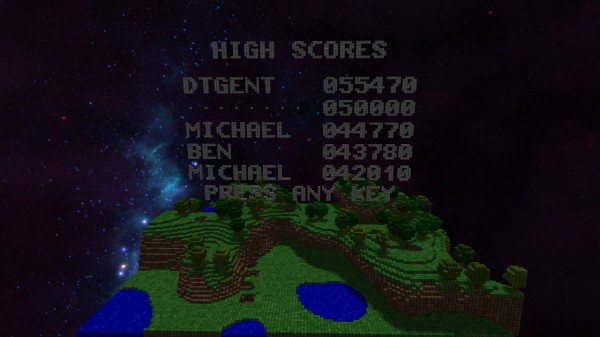![]() PolyVox users are no doubt aware that it’s been a while (10 months actually) since the last release so I thought it would be worth taking a moment to provide an update to what’s going on. Obviously the main distraction has been Voxeliens (which filled the first 6-8 months and is still in the background), but we’ve also been working on gameplay integration and having a busy couple of months at work. Still, there has been a steady stream of commits to PolyVox so progress is being made.
PolyVox users are no doubt aware that it’s been a while (10 months actually) since the last release so I thought it would be worth taking a moment to provide an update to what’s going on. Obviously the main distraction has been Voxeliens (which filled the first 6-8 months and is still in the background), but we’ve also been working on gameplay integration and having a busy couple of months at work. Still, there has been a steady stream of commits to PolyVox so progress is being made.
In a previous post we identified the main areas we wanted to work on before doing another release. I’ve listed these below and colour coded them according to how complete the work is. Green is finished, red is not done yet, and yellow is somewhere in between:
- Finish voxel refactoring
- Surface extraction callbacks
- Unclassing work
SWIG bindings- Fix A* test
- Fix warnings
- Remove redundant code
- Documentation
- Release script
- Switch to Git flow
- Improved CMake consistency
Note that’s we’ve decided not to pursue the SWIG bindings for the next release. They might still get some improvements but they won’t be in a finished state. Future versions of PolyVox are likely to bring more changes (particularly more unclassing) which might break any bindings we write now but which should also make them easier to implement later.
So when is the next release coming? Well so far we’ve been pretty bad at predicting dates so I’ll just say I hope it’s done by the the end of the year. The plan is still to do smaller and more frequent updates in the future, now that we have the Git flow model and release script.


